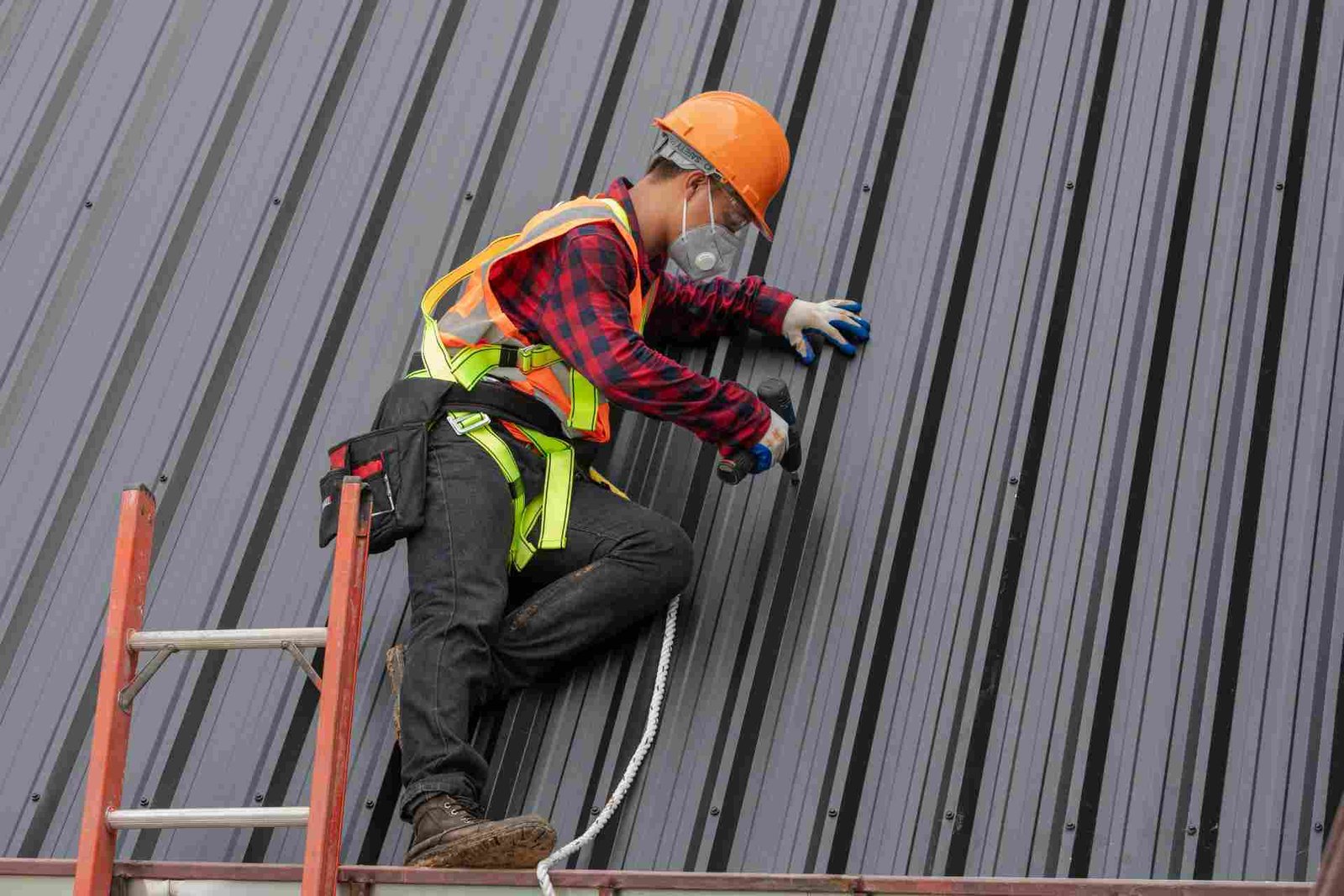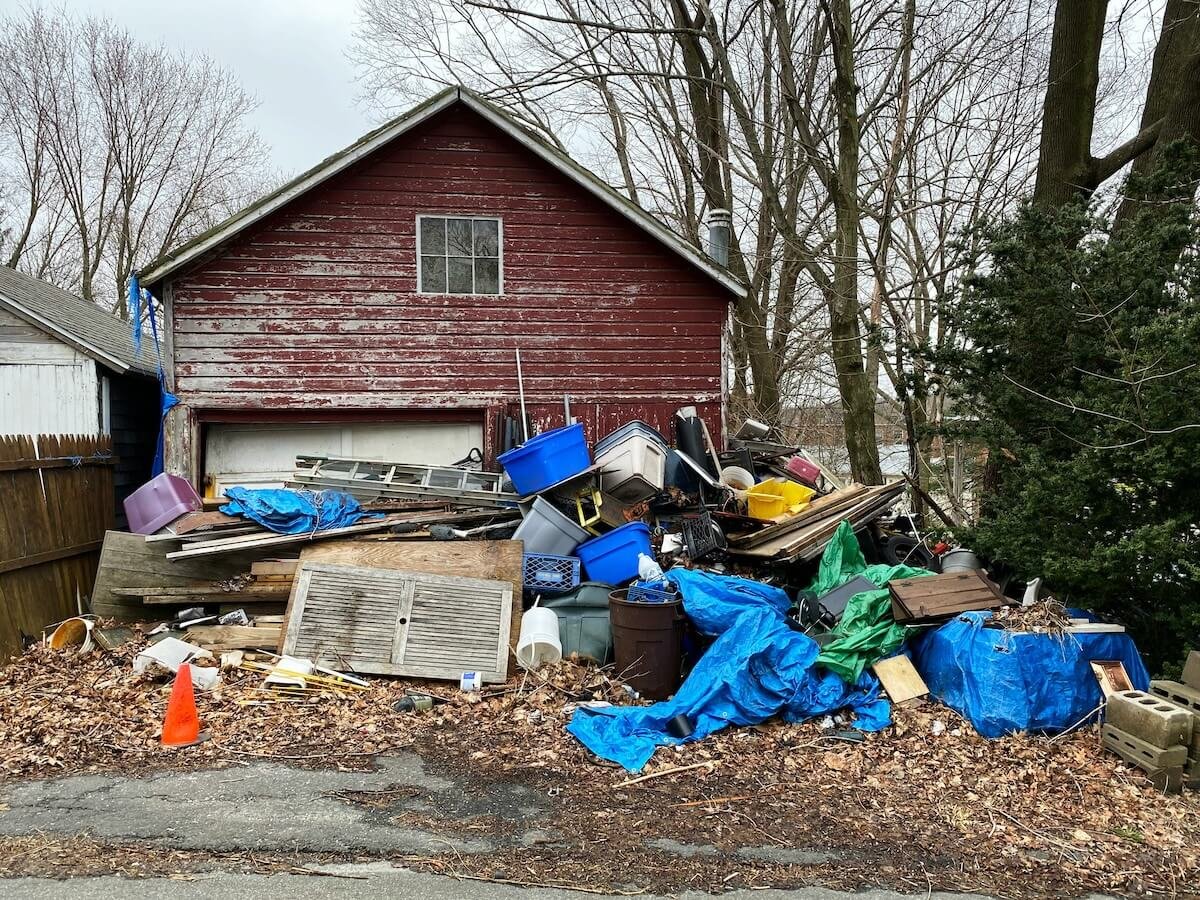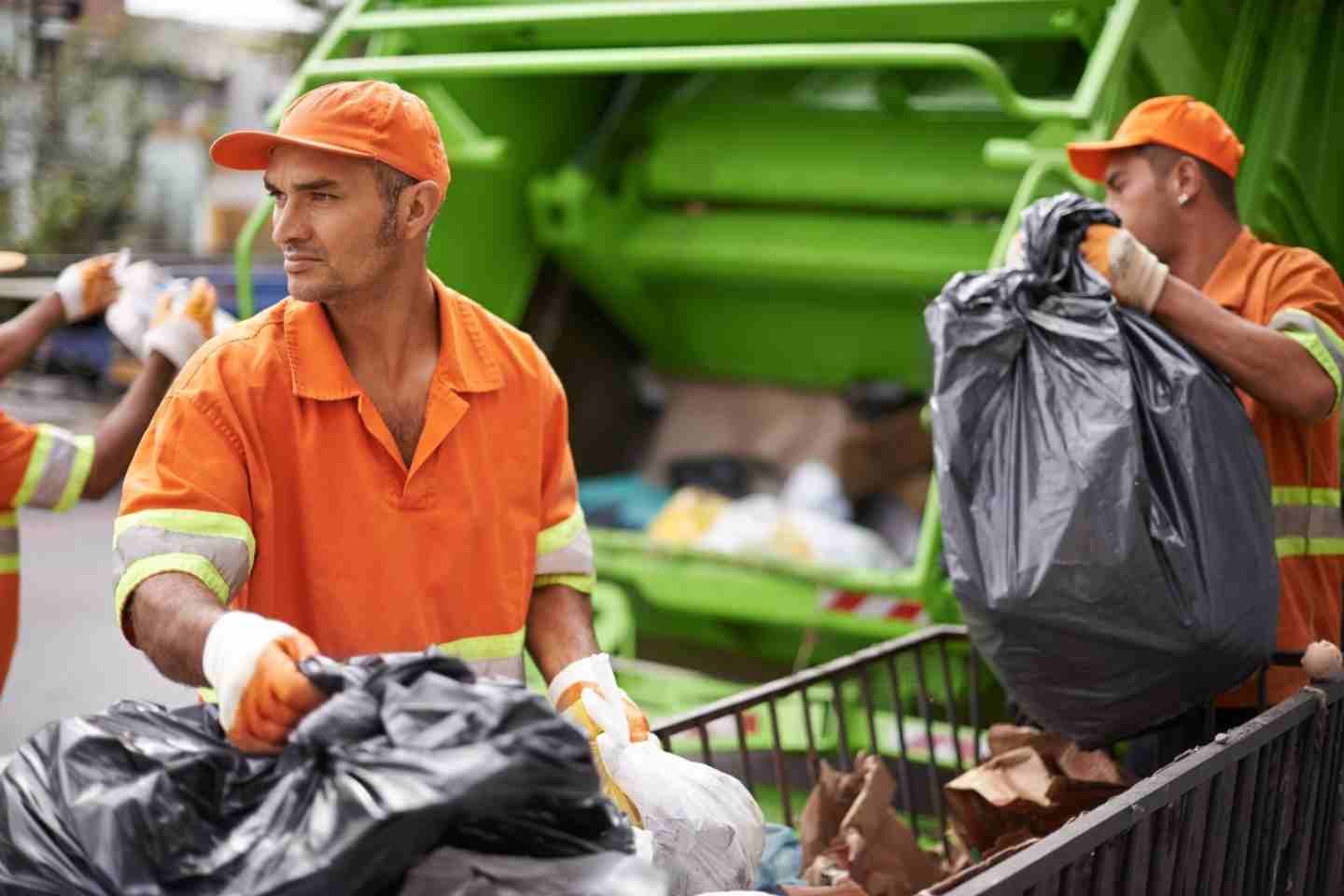Roofing Safety: Protecting Roofers and Ensuring Safe Work Practices
Introduction
Roofing is a demanding job that involves working at heights and dealing with potential hazards. Ensuring the safety of roofers is of utmost importance to prevent accidents, injuries, and even fatalities. This article aims to highlight the significance of roofing safety and provide practical tips on how to keep roofers safe during their work.
Understanding Roofing Hazards
Roofing work comes with inherent risks that every roofer must be aware of. Among the most common hazards are falls from heights, slips and trips, and exposure to hazardous materials. Roofers must be vigilant in identifying potential hazards on the roof, such as fragile surfaces, unstable structures, and unsafe weather conditions. By recognizing these risks, preventive measures can be taken to mitigate them effectively.
Preparing for a Safe Roofing Job
Prior to starting any roofing project, a thorough risk assessment must be conducted. This assessment will help identify potential dangers and allow for proper planning to ensure the safety of the roofers. Developing a comprehensive safety plan is essential, encompassing equipment selection, training and certification requirements, and emergency response protocols. By having a well-structured plan in place, roofers can work confidently, knowing that their safety is prioritized.
Safety Measures for Roofers
Personal Protective Equipment (PPE): Roofers must wear appropriate PPE to safeguard themselves. This includes hard hats for head protection, safety glasses or face shields for eye and face protection, and fall protection systems such as harnesses and safety lines to prevent falls from heights.
Safe ladder usage: Ladders are commonly used in roofing work, and it's crucial to use them safely. Roofers should select the right ladder for the task, ensure proper setup and positioning, and always climb and descend with caution.
Working on fragile surfaces: Roofers must be cautious when working on fragile surfaces such as skylights or old roofing materials. Identifying and marking these areas, as well as using temporary platforms or boards, can prevent accidental falls.
Safe handling of tools and equipment: Roofers should inspect and maintain their tools properly to ensure they are in good working condition. Secure storage and transport of equipment is also essential to avoid injuries caused by falling or mishandling tools.
Electrical safety: Roofers should be aware of overhead power lines and take necessary precautions to prevent electrocution. This includes proper grounding and insulation of equipment and tools, as well as safe use of electrical devices in wet conditions.
Promoting a Culture of Safety
To maintain a safe working environment, fostering a culture of safety is crucial. Effective communication and teamwork among the roofing crew are vital in ensuring that everyone is aware of potential risks and knows how to address them. Regular safety meetings and training sessions should be conducted to reinforce safe work practices. Encouraging roofers to report near-misses and incidents without fear of repercussions enables the identification of hazards and the implementation of preventive measures. Additionally, providing feedback and recognition for safe practices reinforces the importance of safety within the roofing team.
Emergency Preparedness
Preparing for emergencies is essential to handle unexpected situations effectively. Roofing companies should develop an emergency response plan that outlines procedures for evacuation, first aid and medical assistance, and fire prevention and control. Ensuring easy access to safety equipment and resources, such as first aid kits, fire extinguishers, and communication devices, is crucial for prompt and effective emergency response.
Continuous Improvement and Compliance
Regular safety audits and inspections should be conducted to assess the effectiveness of safety measures and identify areas for improvement. Staying up-to-date with changing regulations and industry standards is vital to ensure compliance and maintain a safe working environment. Encouraging feedback from roofers and actively involving them in the safety process fosters a sense of ownershipConclusion
In the roofing industry, safety should always be the top priority. Protecting roofers and ensuring safe work practices is essential to prevent accidents and injuries. By understanding the hazards associated with roofing work, conducting thorough risk assessments, and implementing comprehensive safety plans, roofers can perform their jobs with confidence and peace of mind. Utilizing personal protective equipment, practicing safe ladder usage, handling tools and equipment responsibly, and promoting a culture of safety through effective communication and teamwork are vital steps in maintaining a safe work environment. Emergency preparedness and continuous improvement through regular audits and compliance with regulations further contribute to the overall safety of roofers. Let us prioritize roofing safety and ensure that every roofer returns home safely after a day's work.




Receive product updates, news, and helpful articles.